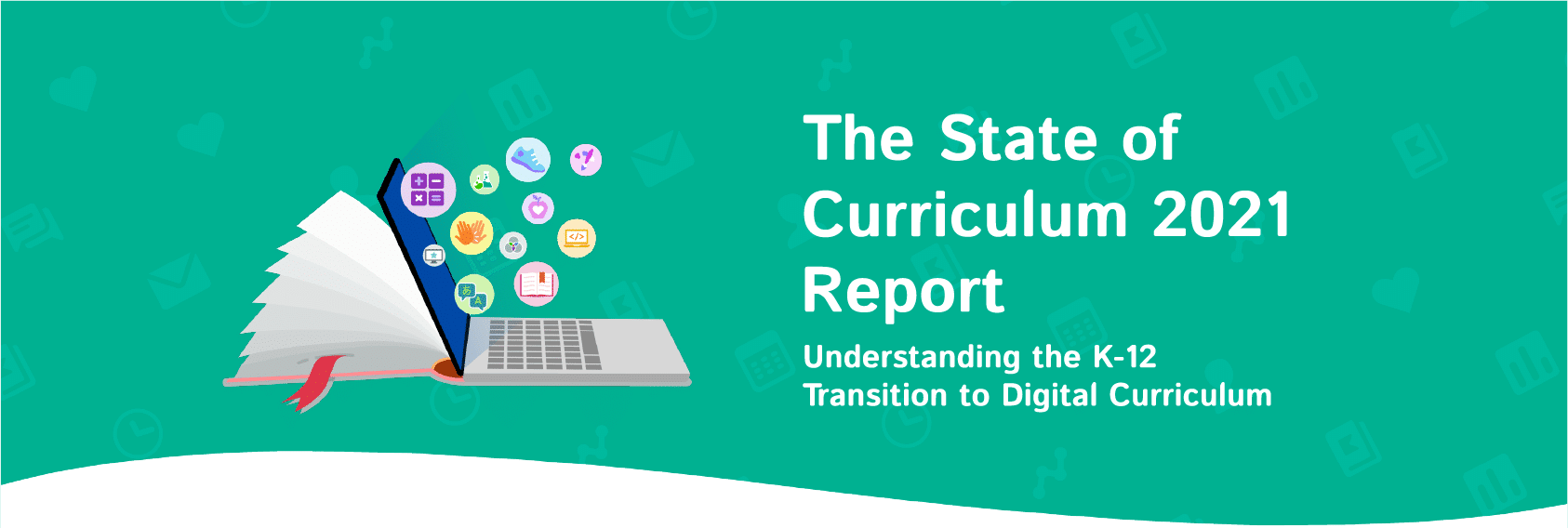
In our second annual report, Kiddom compared pre- and post-pandemic survey data to gain a better understanding of the current state of curriculum. Read about the highlights below.
At Kiddom, we believe curriculum is the backbone of quality, equitable education. Last year, COVID-19 pushed learning communities to their limits, as they scrambled to figure out how to continue to deliver quality education to their students, no matter where they were.
When we conducted our first survey of 447 educators during the 2019-2020 winter break – right before the pandemic arrived – we had no idea how much would change over the course of the next year. Our goal then was to understand where learning communities were in their transition to digital curriculum, however a new question emerged for this year’s report:
How has the pandemic shifted ideas and plans around curriculum and instruction?
To get to the bottom of the state of curriculum in a post-pandemic world, we conducted the same survey again, this time with 1361 educators. This report is the culmination of that effort. We hope you will find these learnings helpful for the digital curriculum conversations in your community, and we plan to take these learnings and put them right back into the products and resources we build for educators like you.
You can get your copy of the report here, or keep reading for the highlights.
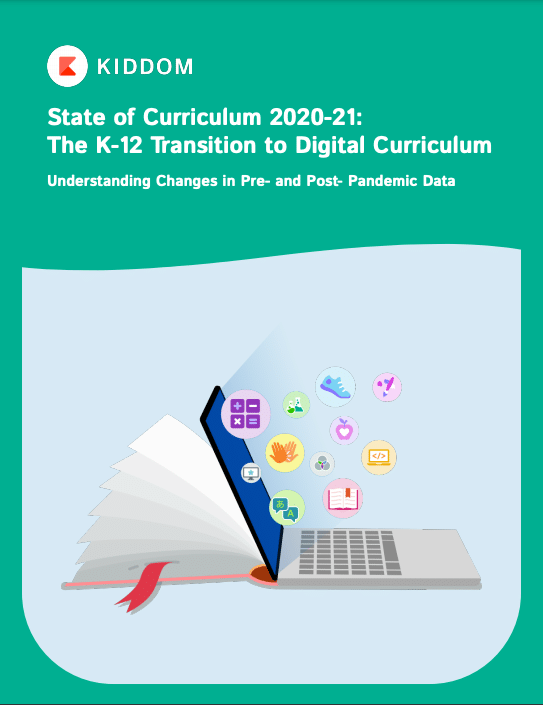
Report Highlights: Three Key Findings
1: Lack of Alignment
While the majority of educators are more optimistic about the state of their curriculum this year than before COVID-19, the theme of misalignment persists in several areas, including curriculum quality and fidelity of implementation – in both examples, those farther from the classroom had a more optimistic view than those working directly with curriculum in the classroom.
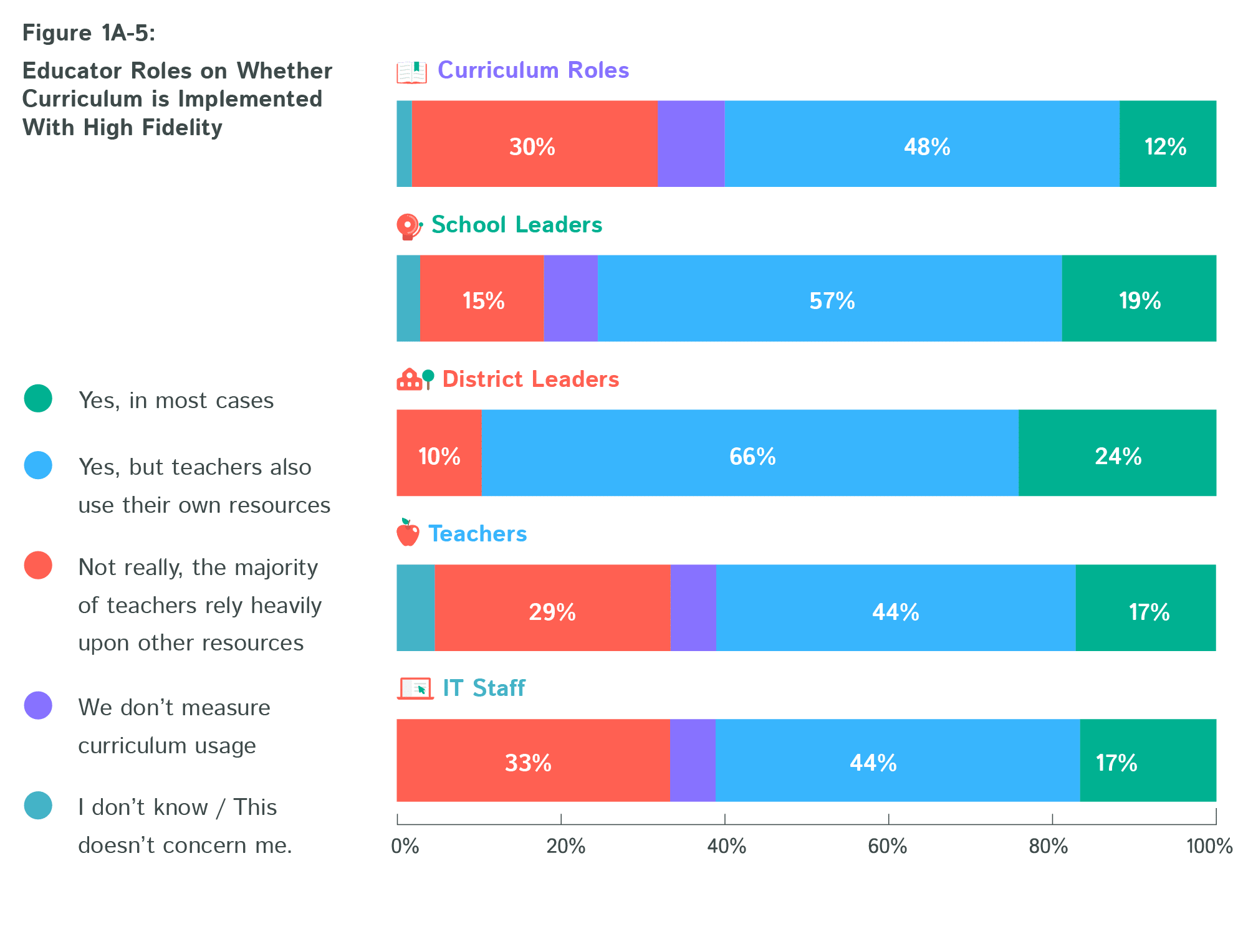
2: Need for Dynamic Digital Curriculum
While the majority of educators are more optimistic about the state of their curriculum this year than before COVID-19, the theme of misalignment persists in several areas, including curriculum quality and fidelity of implementation – in both examples, those farther from the classroom had a more optimistic view than those working directly with curriculum in the classroom.
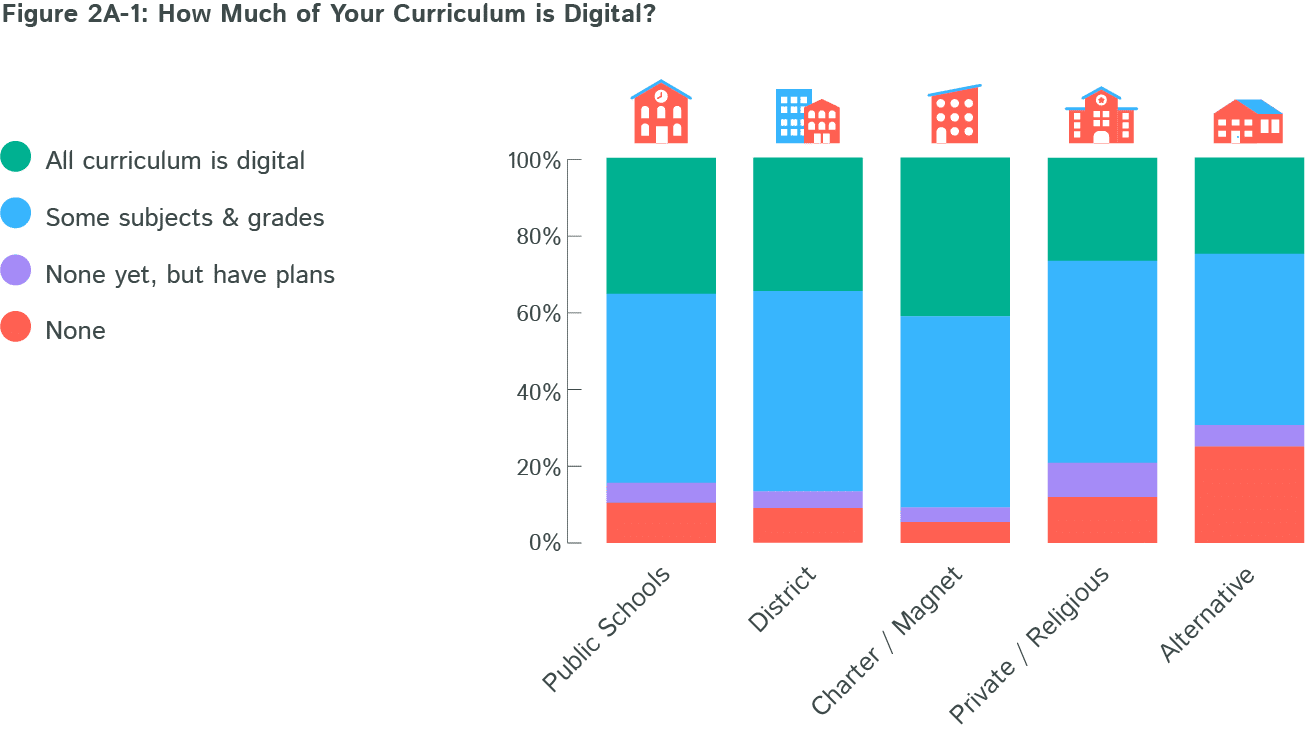
3: Increased Emphasis on Curricular Quality & Flexibility
Closer attention is being paid to curriculum quality and flexibility. On the quality side, far more people reported measuring for curriculum efficacy this year. The two largest curricular idea shifts caused by the pandemic emphasized quality and flexibility. This is supported by another data point in the survey – for two years in a row schools with fully digital curriculum have rated their curriculum as the highest quality, whereas those who lack digital curriculum have rated theirs as the lowest.
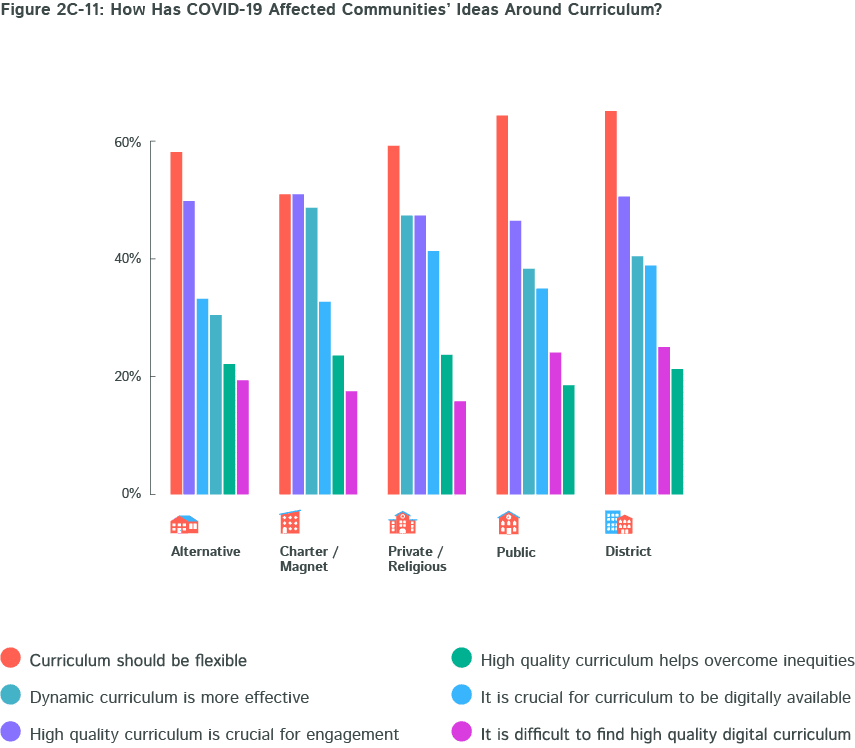
Kiddom seamlessly connects the most critical aspects of teaching and learning on one platform.
For the first time, educators can share and manage digital curriculum, differentiate instruction, and assess student work in a centralized hub. Learners can take assessments online, see student performance data with the click of a button, and teachers have the insight and tools they need to create individual learning paths.
Are you thinking about bringing digital curriculum to your school or district?
Connect with us in a 15-minute meeting to learn more about available pre-packaged curriculum by Open Up Resources, and how the Kiddom education platform can support your learning community.